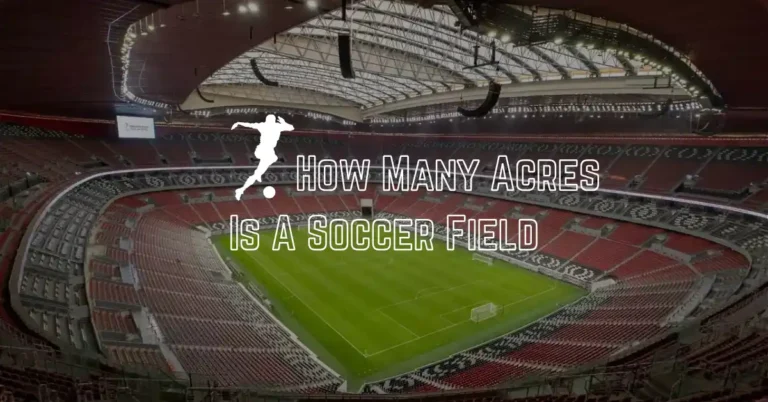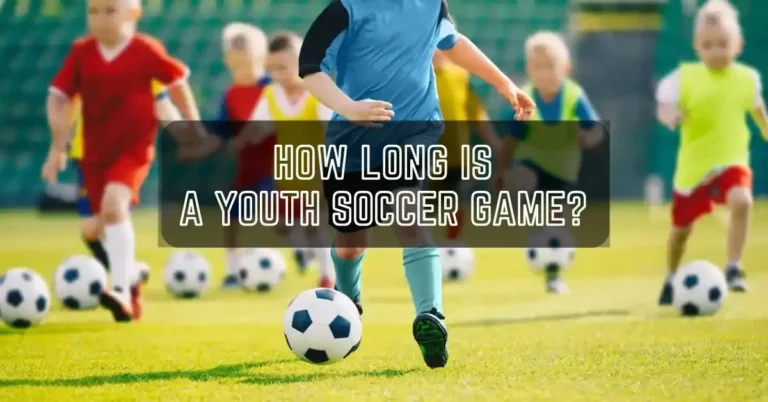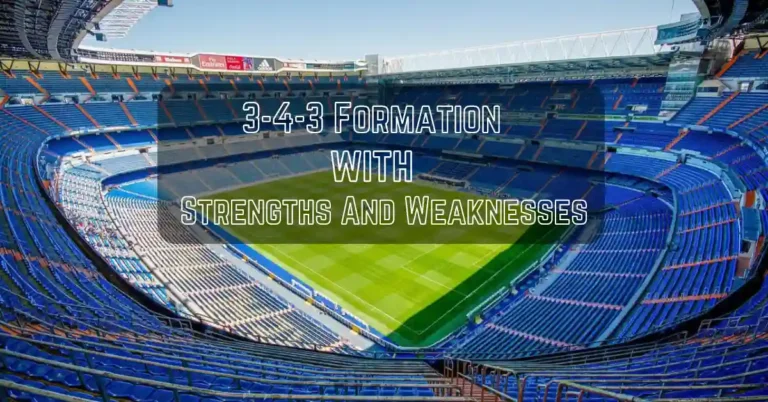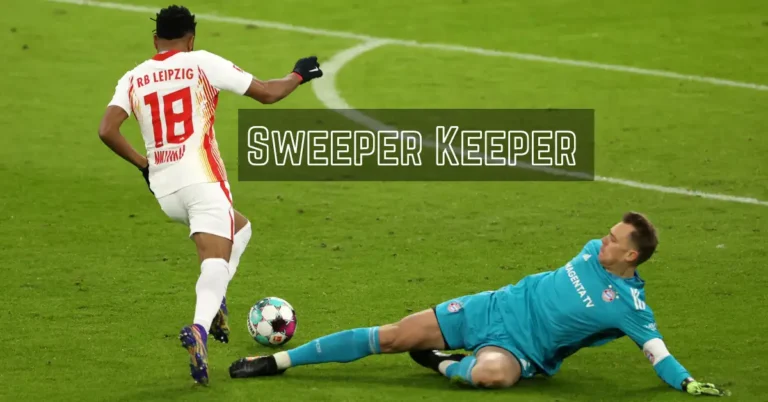4-3-3 Soccer Formation With Strengths And Weaknesses
The 4-3-3 is the formation that is mostly adapted in soccer due to its balanced strategy for defending as well as offending. The 4-3-3 soccer formation, also known as the 4-5-1 formation, is in its defensive phase. This setup provides a solid foundation for both attacking and defending.
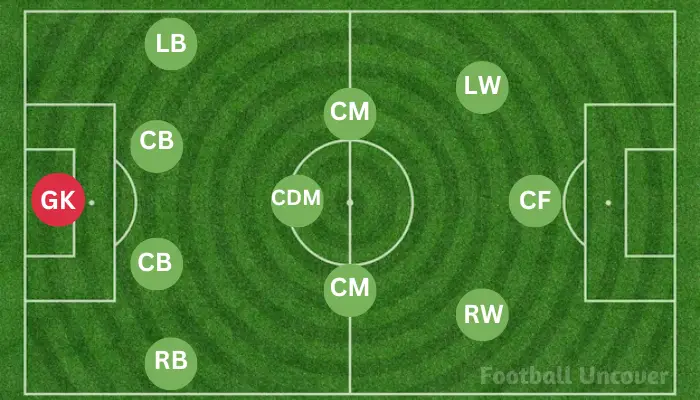
The first emerged in the 1920s with Herbert Chapman’s “W-M” system in England, a forerunner with overlapping defenders and offensive wingers. This early blueprint hinted at the fluid attacking possibilities of a three-man forward line.
Across the continent, in Italy and South America, the 4-3-3 found its early adopters in the 1930s and 40s. The 4-3-3 soccer formation was popularized by the Hungarian national team and their coach, Gusztáv Sebes, in the early 1950s.
positions of players in 4-3-3 soccer formation
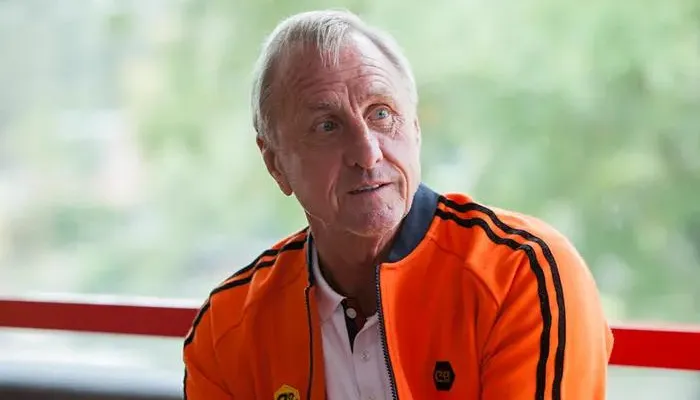
Defenders (RB, CB, CB, LB):
The backline consists of two central defenders (CB) flanked by a right-back (RB) and a left-back (LB). Their roles involve marking opponents, intercepting passes, and supporting the attack by overlapping when necessary.
Midfielders (CDM, CM, CM):
The midfield trio includes a central defensive midfielder (CDM) and two central midfielders (CM). The CDM acts as a shield for the defense. The CMs are responsible for controlling the game, dictating the tempo, and supporting the defense and the attack.
Forwards (RW, CF, LW):
The front three comprise a right-winger (RW), a center forward (CF), and a left-winger (LW). The RW and LW provide width and are tasked with delivering crosses into the box, as well as cutting inside to score goals. The CF is the focal point of the attack, holding up the ball, creating chances, and finishing opportunities.
optimizing the 4-3-3 soccer formation
The 4-3-3 formation is a dynamic and balanced tactical setup that maximizes offensive and defensive capabilities. With four defenders providing a solid foundation, the three midfielders act as a versatile engine, seamlessly transitioning between offense and defense.
The wingers in the front three provide width, stretching the opposition and creating space for the central striker. This formation encourages quick ball circulation and allows for fluid attacking movements, making it effective for possession-based play.
Additionally, the central midfield trio ensures stability in the middle of the park, controlling the tempo and facilitating smooth build-up play.
Strengths of the 4-3-3 soccer Formation
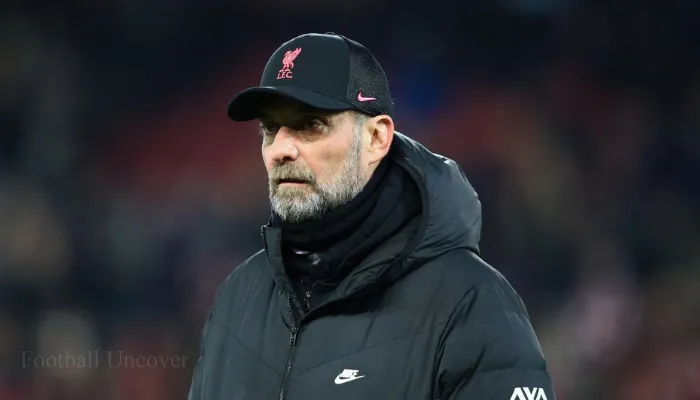
Attacking Versatility:
The formation provides a balanced attacking approach with a front three (typically a central striker flanked by two wingers) that can exploit wide areas as well as penetrate centrally.
Midfield Control:
The three-man midfield offers stability and control in the center of the pitch, allowing for effective ball retention, distribution, and the ability to dominate possession.
Defensive Compactness:
The four-man defense provides a solid and compact defensive structure, making it difficult for opponents to penetrate through the central areas. Full-backs can also contribute to defensive efforts when needed.
Pressing Opportunities:
The 4-3-3 allows for effective high pressing, especially when trying to regain possession quickly. The front three can press the opponent’s defenders, and the midfield trio can work collectively to close down passing lanes.
Winger Overloads:
With wingers pushing forward, the formation can create numerical overloads in wide areas, making it challenging for opponents to defend against both the wide play and central attacks simultaneously.
See also: 5-4-1 Formation
Weaknesses of the 4-3-3 soccer Formation
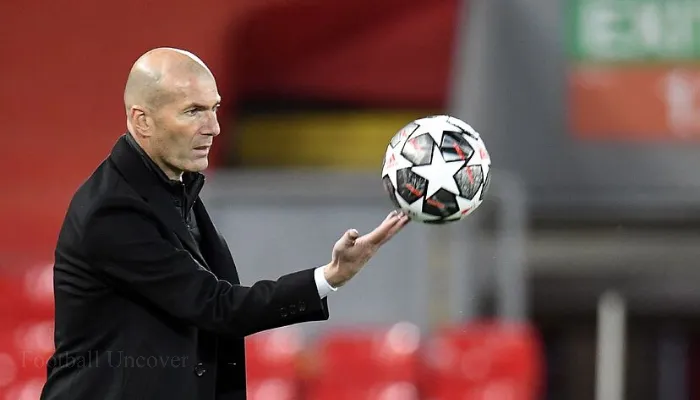
Vulnerability to Counterattacks:
The attacking nature of the formation, particularly with full-backs pushing forward, can leave spaces behind that opponents may exploit on the counterattack.
Isolation of Striker:
Depending on the style of play, the central striker may become isolated if wingers are unable to provide adequate support or if the midfield is not quick to join the attack.
Midfield Overrun:
Against formations with an extra midfielder or a diamond-shaped midfield, the 4-3-3 can be outnumbered in the center of the pitch, leading to difficulties in controlling possession.
Defensive Width Issues:
The formation might struggle defensively against opponents who exploit wide areas, as the full-backs may be caught higher up the pitch, leaving gaps in the defensive line.
Dependency on Full-backs:
Success in wide areas heavily relies on the performance of the full-backs. If they are neutralized or underperforming, the team may struggle to create wide spaces and offensive opportunities.
Teams that used 4-3-3 formation successfully
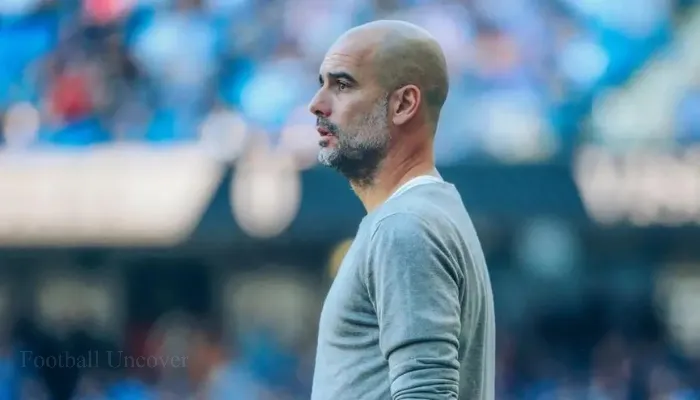
FC Barcelona (2008-2012):
Under the management of Pep Guardiola, FC Barcelona achieved tremendous success. This era saw Barcelona winning multiple La Liga titles, UEFA Champions League trophies, and other domestic honors.
Real Madrid (2016-2018):
Coached by Zinedine Zidane, Real Madrid enjoyed a period of unprecedented success with the 4-3-3 formation. Cristiano Ronaldo, Karim Benzema, and Gareth Bale formed a lethal attacking trio, securing three consecutive UEFA Champions League titles from 2016 to 2018.
Liverpool FC (2017-present):
Under the management of Jurgen Klopp, The front three of Mohamed Salah, Roberto Firmino, and Sadio Mane have been crucial in Liverpool’s success, winning the UEFA Champions League in 2019 and the Premier League in 2020.
Netherlands National Team (Total Football Era – 1970s):
Coined during the Total Football era, the Netherlands national team popularized the 4-3-3 formation under coaches like Rinus Michels. The 1974 World Cup team, led by Johan Cruyff, showcased the effectiveness of this formation.
Manchester City (2017-present):
Managed by Pep Guardiola, Manchester City has been successful with the 4-3-3 formation, although Guardiola is known for his tactical flexibility. Manchester City’s possession-based style and attacking prowess have resulted in multiple Premier League titles and domestic cup victories.
See also 4-4-2 Formation
FAQs
The 4-3-3 formation provides attacking width, maintains midfield control, and enables a dynamic front three to create goal-scoring opportunities.
In soccer, playing the 4-3-3 formation involves deploying four defenders, three midfielders for control and transition, and a front three to provide attacking options and goal-scoring threats.
The weaknesses of a 4-3-3 include vulnerability to counterattacks due to the advanced full-back positions and potential midfield overload against formations with three central midfielders.
The 4-3-3 formation lineup typically consists of four defenders, three midfielders (with one holding), and three forwards, creating a balanced structure on the field.
To beat the 4-3-3 formation, exploiting the spaces left by advanced full-backs and overwhelming the midfield with numerical superiority are effective strategies, along with quick transitions to exploit potential defensive gaps.
conclusion
The 4-3-3 formation remains a widely adopted formation. Due to its balance between offense and defense, as well as its versatility, many teams find it appealing. As with all formations, it has some advantages and disadvantages depending on a team’s strengths and weaknesses. As a whole, 4-3-3 formations are successful when roles are executed effectively and players can adapt to changing circumstances.



